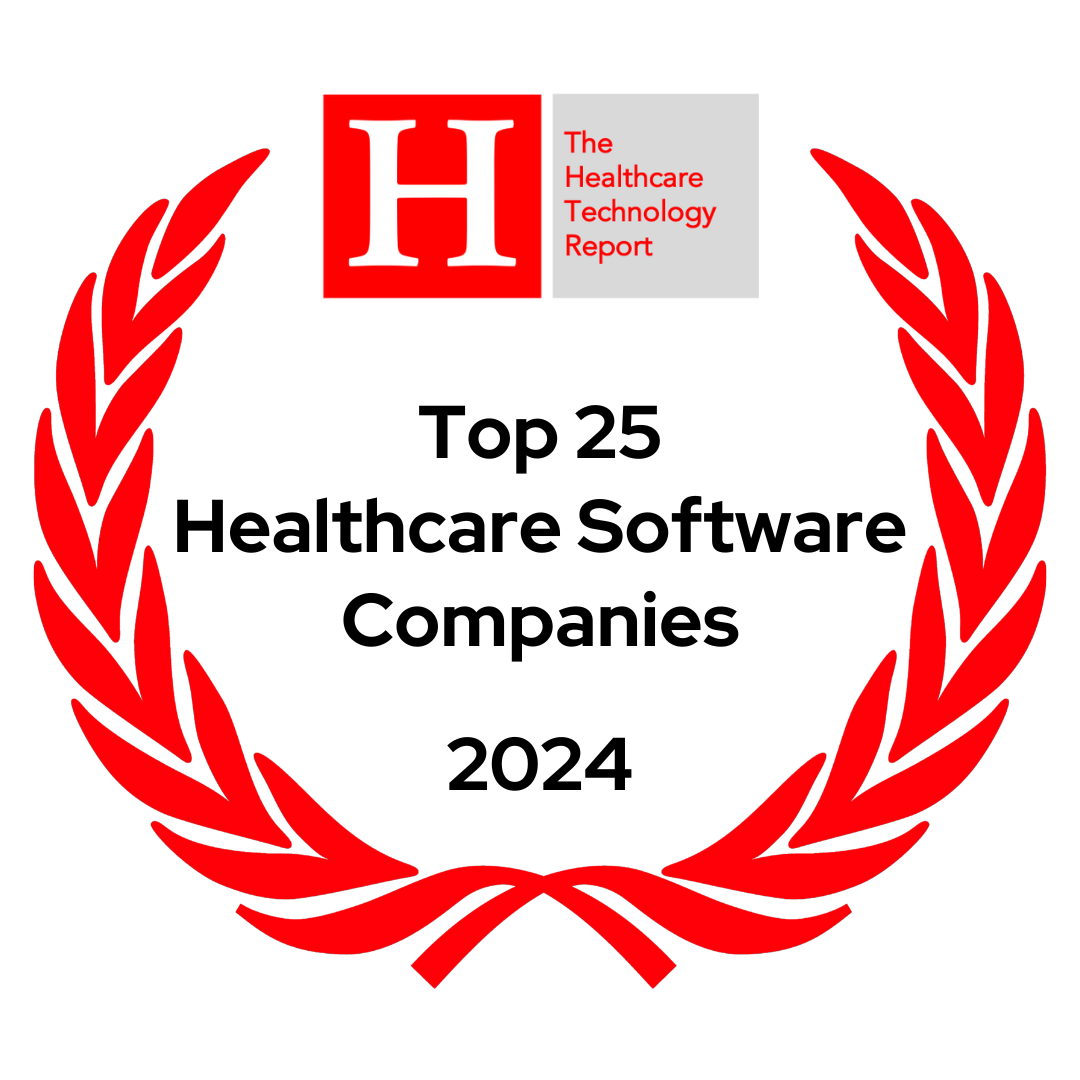Our country is blessed with the finest physicians in the world. They are the best trained and have access to the best medical technology and services. You would think we would have a running dialogue around the country celebrating and promoting this collective national asset. Instead, there is a groundswell of complaints. It is heard most strongly from the physicians themselves. As I mentioned in an early post, 40% have considered quitting altogether. Characterizations by others range from institutions seeking to manipulate the behavior of physicians for their own purposes, referring to them as “coin-operated machines,” to consumers complaining they don’t have a personal relationship with their physician(s) and feel adrift and vulnerable in the confusing, complex, depersonalized world of health care delivery.
While the industry has extolled the promise of coordinated, collaborative care, the truth is that it is very rare. In its defense, the Tower of Babel that represents the industry’s infrastructure, particularly information technology, has made delivering coordinated care impractical. However, hope is starting to break out in selected market situations. The building blocks of this hope are powerful tools that provide new information and insights available at the point of care and a better appreciation of behavioral economics and its effect on human behavior, including that of doctors.
Pervasive population health management, particularly high risk populations, is one of the solutions being put forward to deal with our national economic crisis and the disparity of clinical outcomes based on patient incomes and demographics. At the end of the day, the population that we all most care about is us.
Achieving improvements at the population of “one” requires converting the best physicians in the country into Population Health Managers. Success with this strategy has enormous benefits. Most of all, it restores more control of the practice of medicine to physicians which should improve physician satisfaction markedly. Further, unwarranted covariance in utilization of health services in local markets should diminish. Greater reliance on evidence-based care and compliance with generally accepted quality guidelines should become more evident. And, worries about appropriateness-of-care should subside.
By empowering physicians with information that heretofore was not available to help improve their decision making, and incentivizing them to use it, has huge dividend potential. Aggregating, distilling, amplifying and delivering powerful information insights simply and cheaply to physicians at or around the point of care are now possible. Conceptually, there is major agreement with the merits of this approach. But what does it actually look like in practice? What behaviors result? Who benefits? Who does not?
I was meeting with a primary care physician recently who, several years ago, committed to being a trailblazer in becoming more accountable. This physician (who we will call Dr. Smith) had been caring for an elderly patient (who we will call Ms. Doe) for a number of years. Ms. Doe had been diagnosed with hypogammaglobulinemia and was being treated long term with periodic infusions of IVIG Privigen. These infusions were costing about $20,000 each, performed at a local facility. Because Dr. Smith has access to new information tools that monitor any significant changes in utilization of services at the patient level, he became aware that the cost per infusion had increased suddenly to $40,000 each. He immediately investigated and discovered the ownership of the facility had changed, and the new owner had doubled the previous infusion rates. Knowing there were multiple alternative suppliers in the market with rates similar to the original, Dr. Smith reached out to Ms. Doe and arranged for an office visit to discuss the situation. He anticipated that Ms. Doe would likely be resistant to any change because of relationships she had developed at the facility and, as an elderly driver, she knew the route there well. Dr. Smith called Ms. Doe’s caregiver, her daughter, and asked her to attend the meeting as well. Dr. Smith researched the location of the alternative facilities within easy driving distance for Ms. Doe. Initially, the meeting went poorly. Ms. Doe was anxious about the proposed change. By the end of the meeting, the daughter was extremely helpful in persuading her mother to make the change. Dr. Smith sealed the deal by offering to arrange and pay taxi fare for Ms. Doe until she became more comfortable with driving the new route.
The total annual savings to the health care system of this intervention by Dr. Smith was $70,000. There was no compromise in quality. Dr. Smith was able to influence patient behavior in a positive way and eliminate an unnecessary expenditure, primarily because he had the tools, incentives, and right information — at the right time — to make a better decision, which changed his behavior as well. He was empowered and incentivized to care.
Is the health care system made stronger by Dr. Smith’s actions? I think so.

